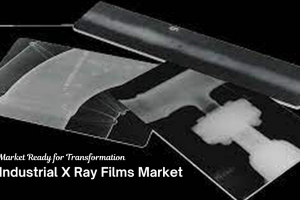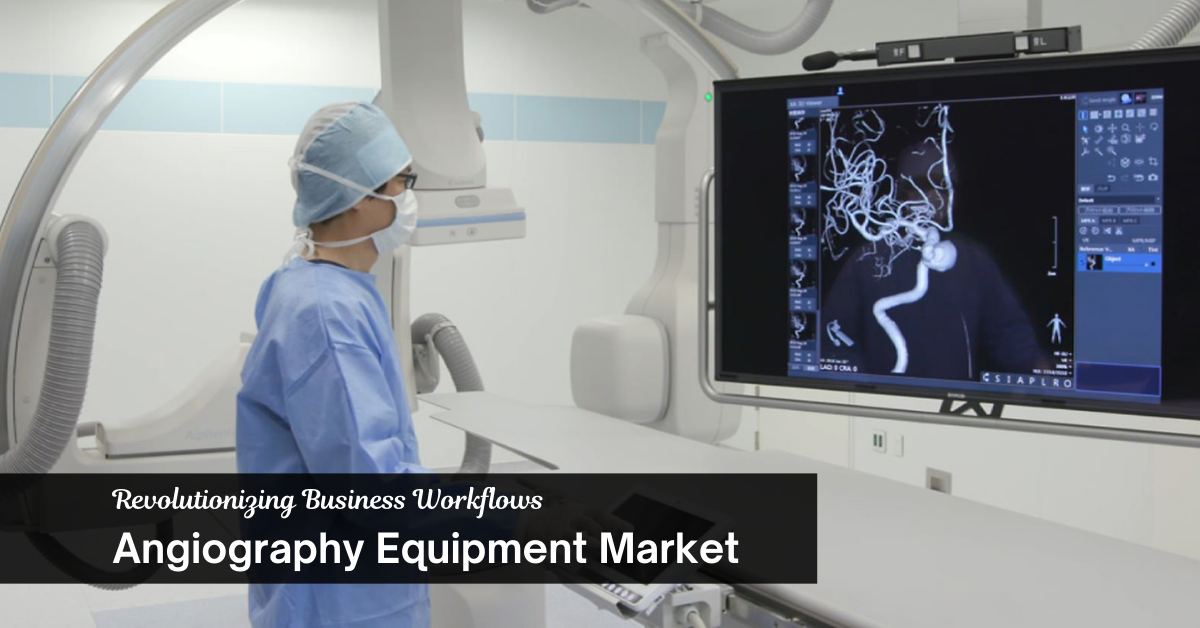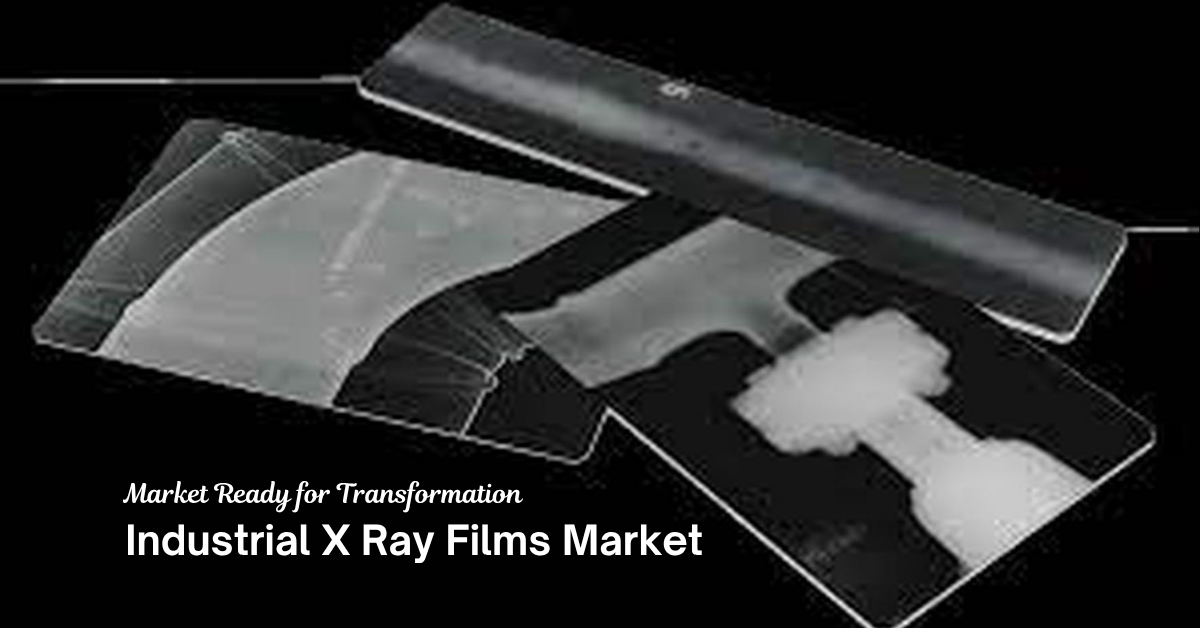U.S electric fishing boat market is experiencing significant growth and innovation in recent years. With a growing emphasis on environmental sustainability and the reduction of greenhouse gas emissions, electric fishing boats have gained traction as a cleaner and more efficient alternative to traditional gasoline-powered vessels.
Electric fishing boats are powered by electric motors and rely on rechargeable batteries as their energy source. These boats offer several advantages over their fossil fuel counterparts. They produce zero emissions, which helps protect aquatic ecosystems and improve air quality in and around water bodies. Additionally, electric fishing boats are quieter, reducing noise pollution and minimizing disturbance to marine life, making them an appealing choice for environmentally conscious anglers and fisheries.
The market for electric fishing boats is seeing increased investment and technological advancements. Battery technology is improving, leading to longer operating ranges and faster recharging times. Many manufacturers are also developing innovative features such as GPS navigation, advanced fish-finding technology, and user-friendly control systems to enhance the overall fishing experience.
What advice would you give to someone who is new to the industry?
Research and Education:
Start by thoroughly researching the electric fishing boat market in the United States. Understand the different types of electric boats available, their features, and their applications. Familiarize yourself with the key players in the industry and stay updated on the latest developments and innovations.
Understand Regulations:
Be aware of the regulations and legal requirements governing electric fishing boats in your area. Regulations may vary from state to state, so it’s essential to ensure that your boat complies with safety and environmental standards. This includes understanding licensing, permits, and safety equipment requirements.
Training and Certification:
If you plan to operate an electric fishing boat commercially or for hire, consider obtaining the necessary training and certifications. Many states require boat operators to have a boating safety education certificate, and some may have specific requirements for electric boat operators.
Network and Connect:
Build a network within the industry by attending trade shows, conferences, and local boating events. Connecting with other boat owners, manufacturers, and industry professionals can provide valuable insights and potential business opportunities.
Financing and Incentives:
Explore financing options and incentives available for electric fishing boats. Some states and federal programs offer grants, subsidies, or tax incentives to promote the adoption of clean and sustainable boating practices. Take advantage of these opportunities to reduce your upfront costs.
Maintenance and Charging Infrastructure:
Understand the maintenance requirements of electric boat propulsion systems and ensure you have access to suitable charging infrastructure. Electric boat batteries need regular maintenance, and having a reliable charging solution is crucial for uninterrupted operation.
Environmental Responsibility:
Embrace the environmental benefits of electric fishing boats and use this as a selling point for your business. Highlight the reduced carbon footprint and minimal impact on aquatic ecosystems as part of your marketing strategy.
Customer Education:
If you’re operating a business in the electric fishing boat industry, educate your customers about the advantages of electric boats, such as reduced noise, lower emissions, and a more enjoyable fishing experience. Educated customers are more likely to appreciate and support your eco-friendly approach.
Stay Informed:
Stay informed about advancements in electric propulsion technology, battery improvements, and emerging trends in the electric boat market. Being aware of the latest developments will help you make informed decisions for your business or personal use.
What are the biggest challenges and opportunities facing the industry today?
Challenges:
High Initial Costs:
One of the primary challenges is the higher upfront cost of electric fishing boats compared to their conventional gasoline-powered counterparts. Electric propulsion systems and batteries can be expensive, which can deter potential buyers and operators.
Limited Range:
Electric fishing boats typically have limited range compared to boats with internal combustion engines. This range limitation can be a significant concern for commercial fishermen who need to cover larger areas or travel long distances.
Charging Infrastructure:
The availability of charging infrastructure for electric boats can be limited in some regions. Developing a reliable network of charging stations at marinas and docking facilities is essential to support the widespread adoption of electric boats.
Battery Technology:
Battery technology continues to improve, but there is still room for advancements in terms of energy density, lifespan, and cost-effectiveness. Better batteries are needed to extend the range and durability of electric fishing boats.
Public Perception:
Convincing potential buyers and users about the benefits of electric fishing boats, including reduced emissions and noise pollution, can be challenging. Overcoming skepticism and educating the public is crucial.
Opportunities:
Environmental Awareness:
Growing concern for the environment and climate change is driving interest in cleaner and more sustainable boating practices. Electric fishing boats align well with these environmental concerns, offering an opportunity to attract eco-conscious customers.
Government Incentives:
Federal and state governments are offering incentives, subsidies, and tax breaks to promote the adoption of electric vehicles, including boats. These incentives can significantly reduce the cost of transitioning to electric propulsion.
Technological Advancements:
Ongoing advancements in battery technology, electric motor efficiency, and energy management systems are expanding the capabilities of electric fishing boats. This creates opportunities for longer ranges, faster charging, and improved overall performance.
Market Growth:
As the market for electric fishing boats continues to grow, more manufacturers are entering the industry. Increased competition can lead to more affordable electric boat options and greater innovation.
Noise Reduction:
Electric boats are quieter than traditional gasoline-powered boats, which can enhance the fishing experience. This feature can attract anglers who value a peaceful and less disruptive environment.
Sustainable Fishing:
Electric fishing boats can promote sustainable fishing practices by minimizing environmental impact. Sustainable fishing practices are gaining importance in the fishing industry, and electric boats can play a role in meeting these goals.
Diverse Applications:
Electric boats have a wide range of potential applications beyond recreational fishing, including eco-tourism, research, and transportation. Exploring diverse markets and applications can expand the industry’s reach.
What are you most excited about for the future of the U.S Electric Fishing Boat market?
- Environmental Sustainability: The shift toward electric boats represents a significant step forward in promoting sustainable and environmentally responsible fishing practices. Reduced emissions, lower noise pollution, and minimized disruption to aquatic ecosystems are all exciting outcomes of this transition.
- Technological Advancements: The ongoing development of battery technology and electric propulsion systems promises to enhance the performance, range, and reliability of electric fishing boats. These advancements will make electric boats more accessible and versatile, providing exciting opportunities for innovation in boat design and functionality.
- Expanded Applications: Electric fishing boats are not limited to recreational angling. Their versatility opens up opportunities for a wide range of applications, including research, eco-tourism, transportation, and aquaculture. This adaptability can lead to diverse business opportunities and greater market growth.
- Government Support: The availability of government incentives and policies aimed at promoting clean energy and reducing carbon emissions is exciting for the industry. These incentives can make electric boats more affordable and encourage more boat owners and operators to make the switch.
- Increased Awareness: As awareness of the environmental benefits of electric fishing boats grows, more consumers and businesses are likely to consider them as a viable option. This increasing awareness can help drive market demand and encourage responsible boating practices.
- Sustainable Fishing Practices: Electric boats can play a vital role in promoting sustainable fishing practices. This aligns with a growing global emphasis on responsible and eco-friendly fishing methods, making electric boats a valuable tool for fisheries management.
- Collaboration and Innovation: The competitive nature of the industry is likely to drive collaboration and innovation among manufacturers, leading to better products and more efficient technologies. This collaborative spirit can accelerate progress and create exciting opportunities for industry growth.
In conclusion, the future of the U.S Electric Fishing Boat market holds great promise, with the potential to transform the fishing industry while contributing to environmental sustainability. The combination of technological advancements, government support, and a growing awareness of the benefits of electric boats creates an exciting landscape for both industry professionals and environmentally conscious consumers.
Access Complete Report- https://www.credenceresearch.com/report/us-electric-fishing-boat-market
Visit- https://www.credenceresearch.com/Browse Our Blog: https://www.linkedin.com/pulse/expanding-horizons-growing-us-electric-fishing-boat-market-singh-5jlsc








